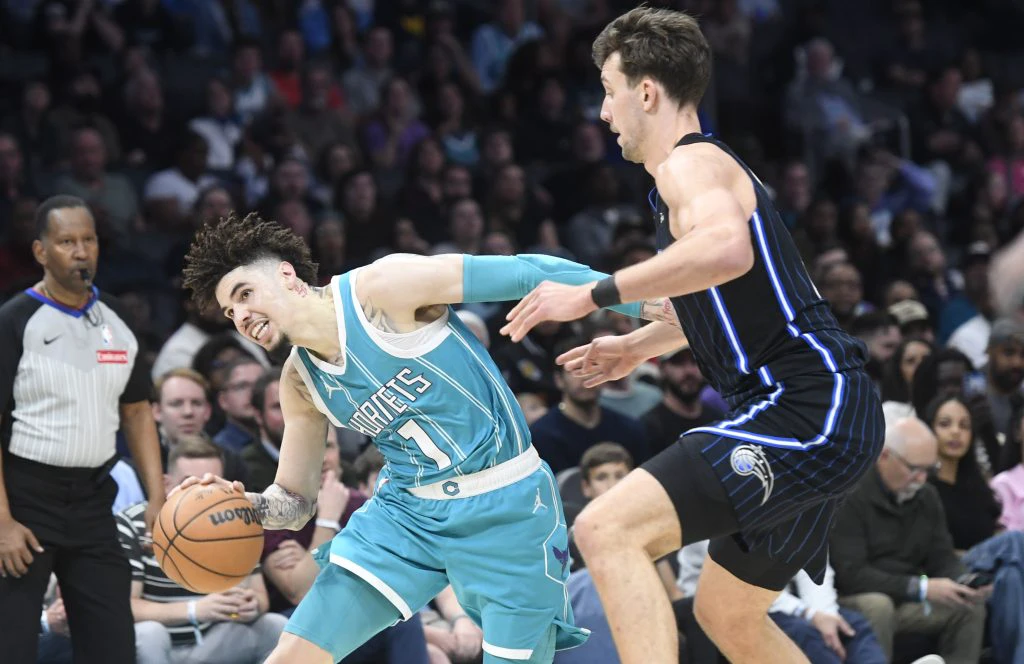The Hornets’ future with LaMelo Ball sparks a compelling debate among fans and insiders alike, as the team contemplates how best to balance rebuilding efforts with the promise of a young superstar.
Franchise Identity and Ambitions
At the heart of the discussion is LaMelo Ball, widely regarded as not only the most talented player in the team’s history but also the ultimate face of the franchise. Despite intense scrutiny and calls for change, the organization has maintained that Ball is central to its rebuilding strategy. His youth and potential guarantee that any move would be calculated with a view to preserving long-term value. Yet, the evolving landscape of the league-where even marquee players might be traded following strategic triumphs-raises questions about whether this commitment could be tested in the near future.
Balancing Talent with Tactical Flexibility
In the dynamic environment of professional basketball, few scenarios are as complex as managing a high-caliber talent like Ball, especially after accumulating a record that mingles both promise and growing strategic challenges. The Hornets are presented with a rather unique opportunity: securing a top-three draft pick, which could fundamentally alter the team’s composition. This prospect comes with a calculated risk. Trading away a former top-tier selection for a fresh start could mean leveraging emerging prospects to define a new era. However, it also involves weighing immediate contributions against future potential, a balancing act that is deeply influenced by the cost of maintaining a superstar like Ball.
Financial Implications and Contract Considerations
Another dimension of the challenge rests on the significant financial commitment tied to Ball’s contract. At just 23, his max rookie extension already places nearly $38 million on the court next season, with the potential for even higher costs in the future. This hefty price tag means that the Hornets must consider not only the on-court impact but also the long-term financial flexibility essential for building a competitive roster. The economic pressures may eventually make it attractive to reallocate resources toward acquiring other high-impact players via free agency that can complement or even substitute the contributions of Ball.
Strategic Timing in a Competitive Market
The current season is viewed by some as the optimal moment for key decisions, particularly if the team was to consider a significant change. The rationale is clear: young players and draft picks yield higher returns the earlier a move is made. Potential suitors, attracted by Ball’s youth and the prospect of accruing sustainable team control over the long term, amplify the urgency. In the bustling market for dynamic talent, timing becomes critical. Waiting another offseason could diminish the attractiveness and value of a traded asset, even for a player as promising as Ball.
Reflecting on the Broader Rebuild
Ultimately, the debate over LaMelo Ball encapsulates the difficult choices that define modern sports management. The Hornets face a crossroads-one path that embraces the continuity of a singular, transformative talent, and another that might harness the allure of future talent through a strategic reset. While the current commitment to Ball remains intact, it is clear that the interplay between performance, future assets, and financial strategy will continuously shape the trajectory of the franchise.
In the end, this conundrum underscores more than just a decision about one player’s future-it is a reflection on the challenging balance between preserving a storied identity and seizing immediate opportunities to reinvent and reinvigorate a competitive team. The choices made now will inevitably set the stage for what could become a defining chapter in the Hornets’ journey, leaving fans and stakeholders with much to contemplate about the evolving nature of sports management and team reinvention.
